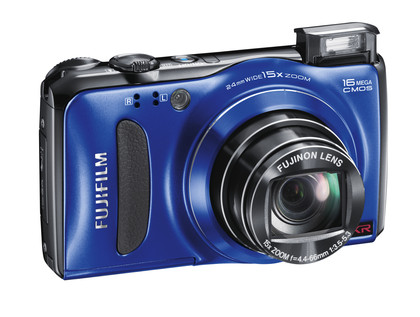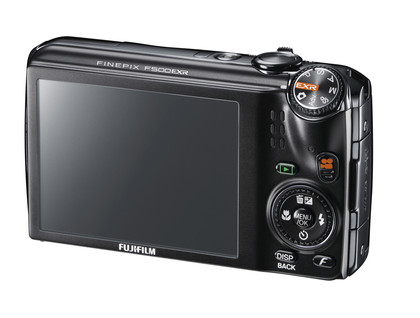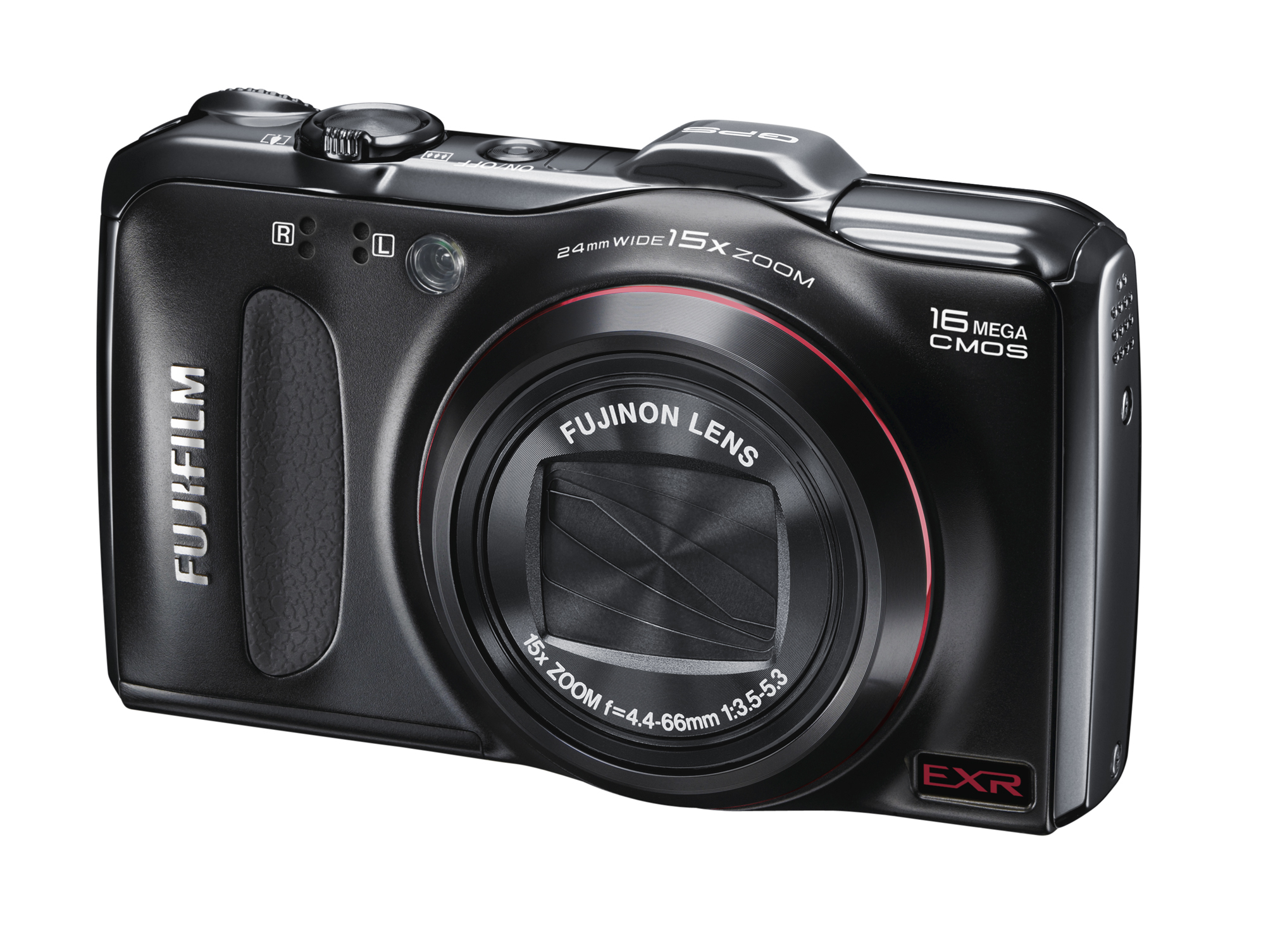Why you can trust TechRadar
Fujifilm has definitely paid attention to this camera's target audience as far as the external design is concerned. The shiny black metal finish with gun-metal trim certainly looks the business.
A slightly raised section above the lens seems like a nod to classic camera designs, almost like a faux viewfinder or hotshoe. It feel very well built and a rubberised section on the front provides a secure grip of the camera body.

Zooming is performed by rotating a bezel around the shutter button. The location of this control is perfect, placed exactly where one's index finger falls naturally.
In fact nearly all the controls are very well placed, especially the bezel on the rear, which is used for adjusting the aperture and shutter speed.
The buttons are small though, and those with limited dexterity may struggle to get to grips with certain functions. The raised exposure mode dial can also be an issue.
As it stands proud of the camera body, it is easy to knock off the desired setting, either during use, or when removing the camera from a bag, case or pocket.
Direct access to macro, flash, self timer and exposure compensation features is provided via the circular directional control on the rear and an additional 'F' button provides quick access to image quality settings, film simulation modes and ISO settings.
The main menu is well laid out, but some features are hidden away in its depths and take a bit of hunting to find, such as the Raw image quality setting. The natural place for this would be alongside the other image quality settings in the 'F' menu.
Even in bright daylight, the three inch screen is a joy to behold. It is bright, contrasty and has a wide viewing angle, which is useful when taking shots from obscure angles. The high resolution of 460,000 dots ensures images and menu text are rendered very clearly indeed.

Two power options are provided for the screen. If battery life is paramount, the power saver option dims the screen slightly, saving precious charge.
As a result it can be more difficult to see clearly in bright conditions. If using the GPS function, it is well worth enabling the power saver, as using this function seems to sap the battery rather more quickly.
At just under four seconds, the start-up time isn't the quickest, which can be a little frustrating, especially when faced with a Fujifilm EXR logo as the action unfolds. Once the camera is awake and ready focusing is quick for a compact, even in relatively low light conditions.
Fast moving subjects may still be a step too far though, even in subject tracking mode. Over long distances, especially at the telephoto end of the zoom, the camera can miss-focus completely resulting in soft images, which can be highly frustrating.
The flash automatically stands proud of the camera body, increasing the distance between it and the lens, which should help to reduce red-eye slightly. If the flash is pushed back into the camera, it is instantly disabled until you re-enable it, which can be handy if the flash needs to be disabled in a hurry.
Although there are niggles with the handling, this camera can be pleasant to use with care.
Current page: Fuji F550 EXR Review: Build quality and handling
Prev Page Fuji F550 EXR Review: Overview and Features Next Page Fuji F550 EXR Review: Performance